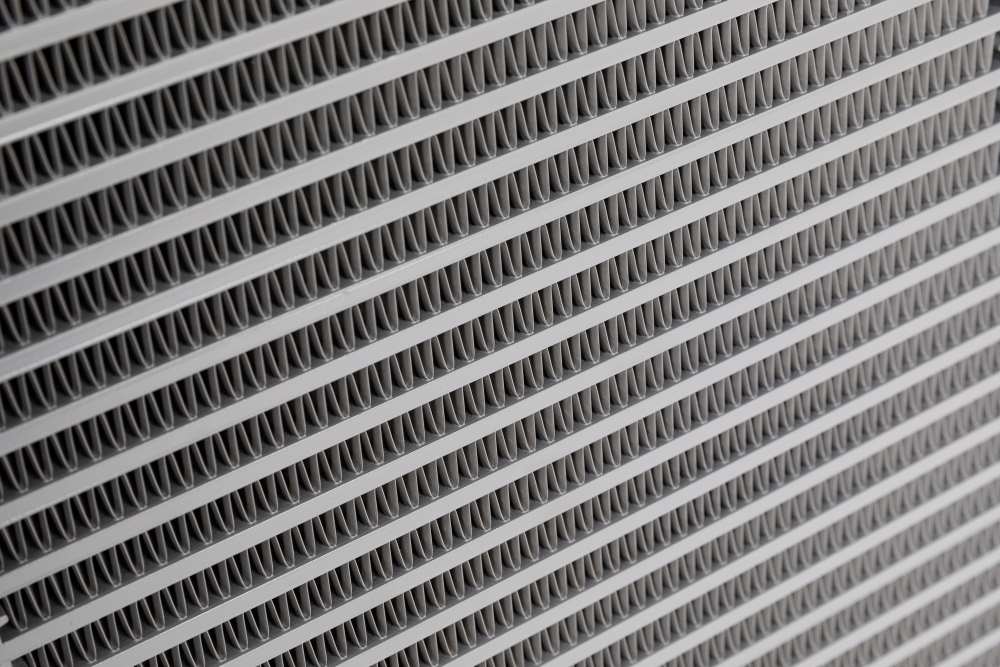What is a Radiator Fan in Cars and What are Its Parts?

The radiator fan is a vital component that prevents engine overheating. However, this mechanical device is most often overlooked. There are different parts that work in concert inside a radiator to keep the performance levels at an optimum, and these must be taken care of periodically.
So, keep reading and learn more about this crucial vehicular component.
What is a Radiator Fan in a Car?
A radiator fan in a car is a mechanical device that significantly prevents the engine from overheating. It is, therefore, also known as the cooling fan for the engine. Usually, the fan is placed between the radiator and the engine.
However, in some vehicles, it may be positioned between the radiator and the grille.
What are the Different Parts of Car Radiator Fans?
A radiator fan comprises several different parts, depending upon the type of fan. The four common parts of a radiator fan include:
1. Fan Blades
The radiator fan blade keeps the engine cool by blowing air via the radiator. It can be made from varied materials like steel, aluminium, or plastic. The size of the blade may vary depending on the specific application.
Further, the blade comes in two main shapes: curved and straight. Straight blades move more air but are noisier, while curved blades, generally made of plastic materials, straighten out at higher RPM or Revolutions per Minute.
2. Fan Motor
One of the core components of the radiator fan, the motor, is primarily responsible for driving the blades to create airflow. Generally, the motor consists of the armature, permanent magnets, housing, brushes, and a commutator.
3. Fan Clutch
The radiator fan clutch is a part of mechanical cooling fans that are responsible for controlling the fan’s operation. It serves to engage or disengage the fan as and when required.
While various mechanisms are employed to achieve this, the two main types include thermal and non-thermal clutches.
4. Fan Shroud
Radiator cooling fans feature a shroud which is like a protective layer made of metal or plastic surrounding the fan assembly. It either comes attached to the fan or can be installed separately by the user. Its main task is to guide the airflow towards the radiator, thus preventing any wastage.
What are the Different Types of Radiator Fans for Cars?
The different types of radiator fans in cars are:
1. Mechanical Radiator Fans
Despite being an old design, it is still in use due to its efficiency. They are also much less complex and just require mechanical power to rotate them. It cools the coolant by either pushing or pulling the air in the radiator.
2. Electric Radiator Fans
Powered by the engine’s electrical system rather than the engine, the electric radiator fan is a standalone divide that is mounted directly to the radiator for effective cooling. It can either be mounted at the radiator’s front or back part along with the integrated fan shroud.
How Does a Radiator Fan Work?
The radiator fan works by pulling in cooler air from outside the car through the radiator. This helps in preventing the engine from getting excessively hot. Specifically, the radiator fan's working depends upon its type.
Signs of a Faulty Radiator Fan in Cars
A failing radiator fan can lead to several issues affecting the car's overall performance. Below listed are some of the common symptoms of a faulty radiator or cooling fan.
- Overheating Engine: This is one of the most common indications of a faulty radiator fan. If the fan is not working properly, it won’t cool the engine down, thus leading to high car temperature and, subsequently, engine damage.
- Coolant Leaks: A failing fan can increase pressure in the cooling system, thus leading to coolant leaks.
- Inadequate Cooling: If the fan is not operating properly, it will not be able to pass the necessary airflow that is required to cool down the radiator efficiently.
How Much Does a Radiator Fan Cost in Cars?
The price of a radiator fan depends on several factors and features. Different types of radiator fans - mechanical and electric will have different price ranges. Additionally, the materials used, fan size, etc., can influence the price point. It can cost up to ₹15,000.
It is quite evident by now that the car radiator fan plays an important part in the cooling system. Understanding the functions and different types of fans available will help you make informed decisions and safeguard your vehicle's performance.
















